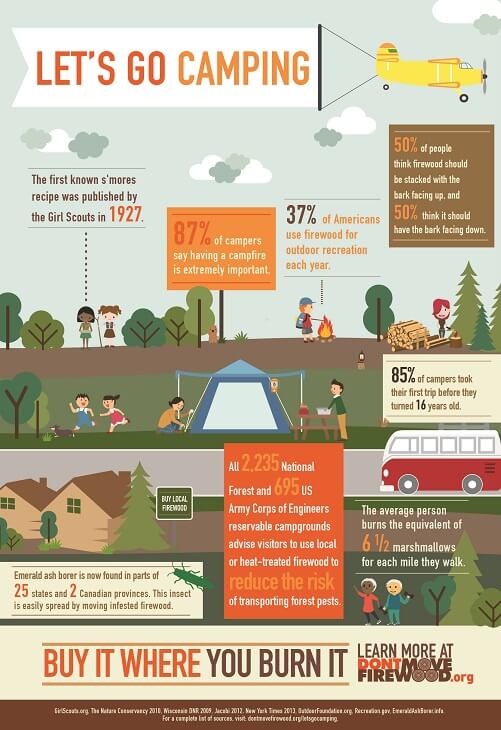Yes, wall surface camping tents offer a fantastic outdoor camping experience in the backcountry. Nevertheless, wintertime outdoor camping can be challenging in severe problems.
The key to effective winter season camping is insulation. Insulation quits warmth transfer and catches body warmth inside. Insulation products ought to feature both air pockets and reflective capabilities. These are best for tent wall surfaces and roofing systems.
Build a Snow Windbreak
Making use of snow itself to create a barrier against the wind can aid secure your outdoor tents from damage and cooler air. Make the wall high adequate to quit the winds but not too expensive so it does not topple over on itself. This is an enjoyable method to welcome the spirit of winter months camping and will additionally include a little bit more insulation to your camping tent.
The place of your camp website plays a crucial duty in camping tent insulation as well. Search for a location that has a natural wind break like dense trees or bushes. These areas will certainly catch warm air inside and avoid it from surprising.
Insulation is any type of product that stops or reduces heat transfer, so it is essential to use it wherever possible. Tent walls are particularly prone to heat transfer and ought to be covered in the very best insulation you can discover. This will certainly maintain the cool air from entering your camping tent and stop temperature from getting away.
Put a Bivvy Sack on Your Sleeping Bag
Winter season camping is a challenge but it doesn't have to be unbearably cold. By using a few easy hacks to insulate your tent, you can stay clear of cold fingers and icy air via the evening.
Insulation works by stopping or slowing warmth transfer. To do this, the product has to be breathable adequate to enable water vapor generated by your body to travel through it.
One of the most efficient insulation materials are made from a combination of wool, silk, and cotton blends. If you do not have any one of these offered, utilize a layer of dried fallen leaves, want needles, or straw to produce a protecting mat below your sleeping bag. This will certainly likewise help prevent cool air currents from dispersing your body heat into void underneath you. If you're preparing to sleep in a bivvy, pick a style that enables you to crawl in feet initially or that has a side-entry. These layouts are simpler to get in and out of than a front access hooped bivy.
Put a Tarp Impact
Wall outdoors tents personify the spirit of experience and comfort in the open airs. Their resilient structures and strong materials make them a go-to selection for hunting journeys, camping with household and winter hideaways. Nevertheless, they require to be appropriately prepared for winter months camping to optimize their performance and resilience.
Buying a high quality tarp impact is one of one of the most essential points you can do for your wall outdoor tents for winter season camping. This long lasting tarp rests under your tent, developing an insulating obstacle between the cool ground and your tent. This protects against moisture and priceless body heat from escaping downwards.
Several personalized bag suppliers supply tarp impacts that are developed to fit details sizes of wall surface outdoors tents. These are a quick and very easy way to prepare your outdoor tents for the winter outdoor camping season.
Protect the Roof covering
The roofing system of a wall surface tent is the most hard part to protect. This is because of the large location that emits warmth and the amount of heat required to warm up the room. There are a number of ways to insulate the roof covering of a wall surface tent. You can make a tarpaulin to cover the roofing or you can utilize blankets of protecting material. You can stitch or velcro the blankets in place prior to you pitch your camping tent and you can also make use of foil foam sheets to line the tent's ceiling.
The air pockets that are entraped in snow make it an exceptional insulator. This is why wild animals and even roaming pet dogs will usually tunnel in the snow when it's cool exterior. It's likewise the reason that Inuit individuals made igloos to reside in for months at a time throughout the winter season. You can use this idea to your very own log cabin, too. As a matter of fact, if you can chink your cabin wall surfaces with mud, this will certainly assist to keep it warmer.
